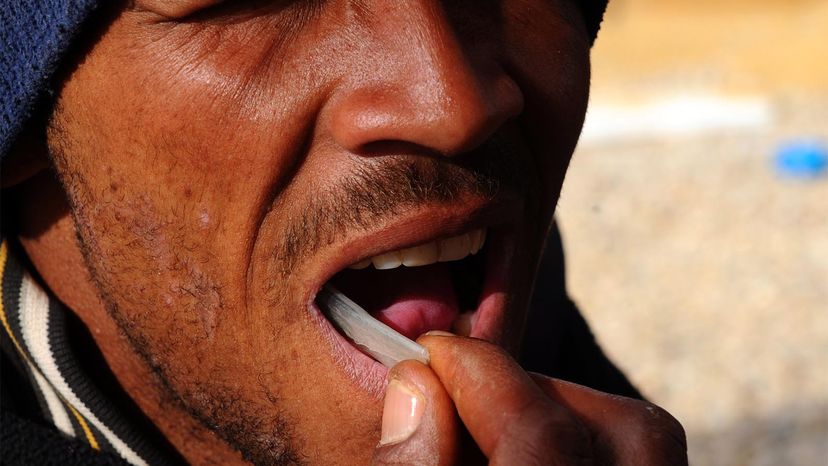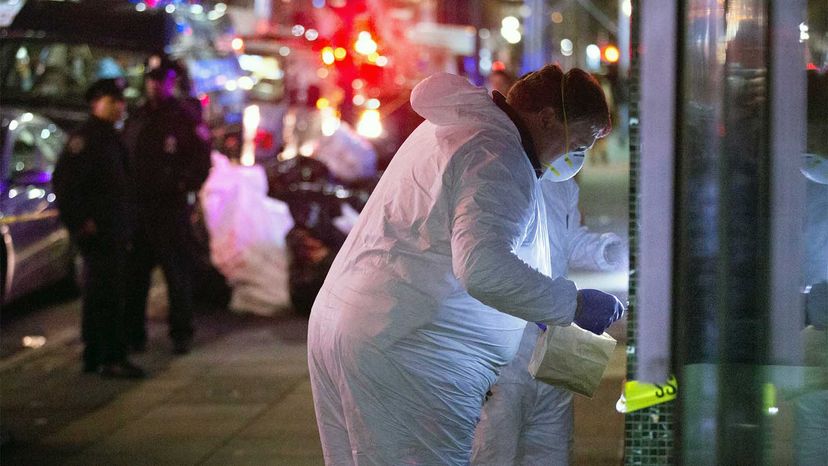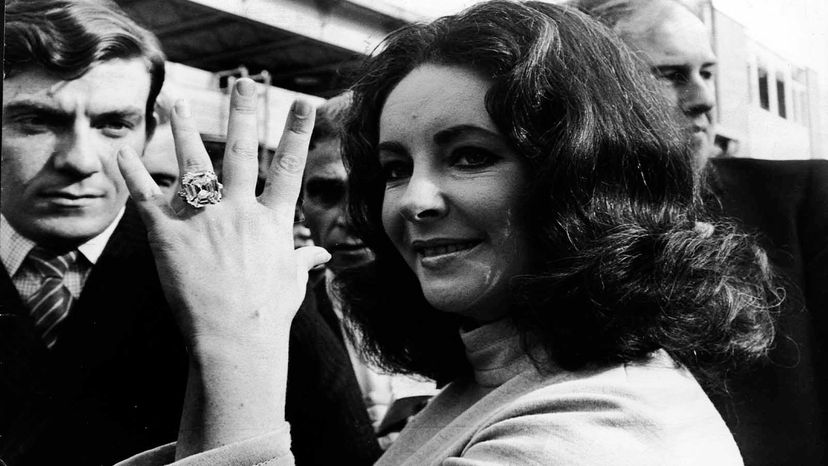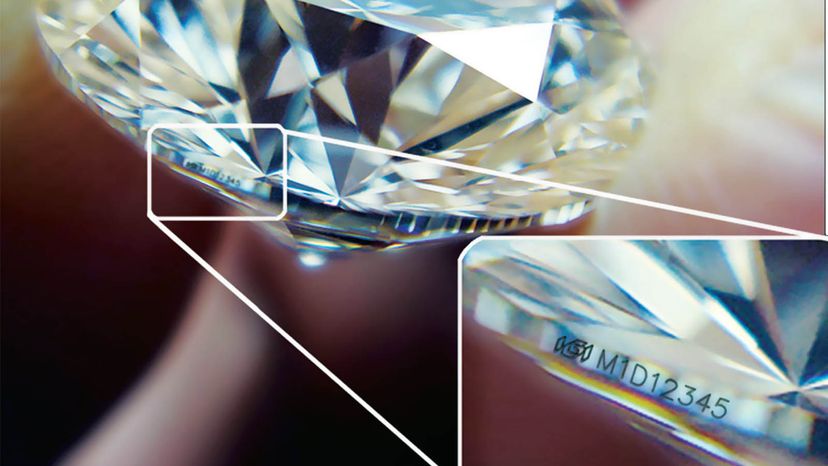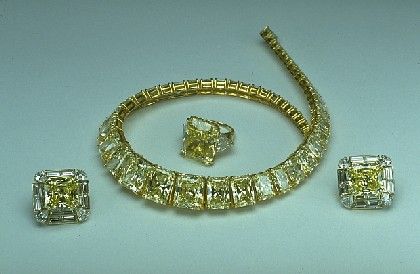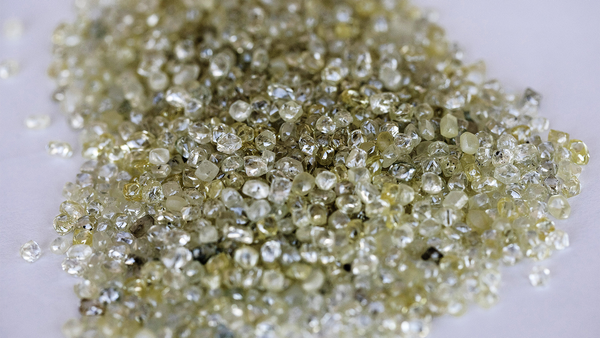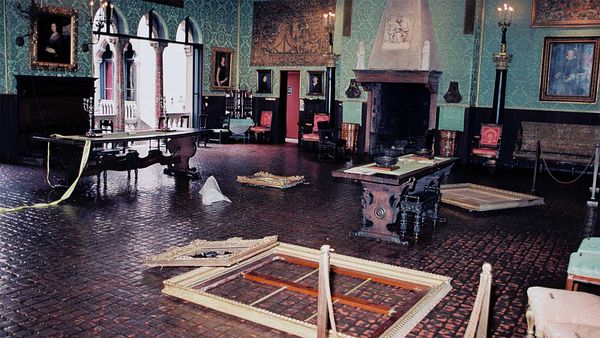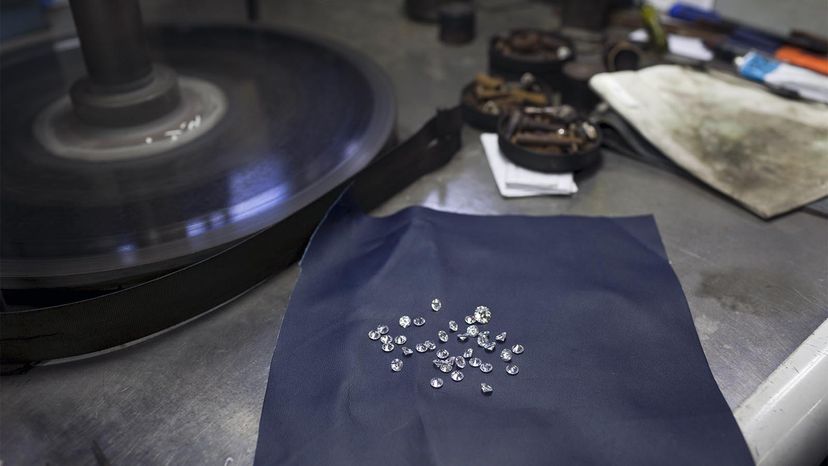
It was February 2008, and a woman in Milan complained to police about early-morning noise in her neighborhood. But there was construction going on nearby, and the police assumed the noise must be coming from there.
No one thought much about the fact that the woman lived near the world-famous Damiani jewelry showroom until four masked thieves showed up in the store. The building was secured with a high-tech alarm system and an armed guard at the front door. None of that really mattered, though, since thieves had been drilling a hole every morning through the 4-foot (1.2-meter) wall that separated the showroom basement from the basement next door. Because they were in the building, they bypassed guards posted at the showroom entrance.
Advertisement
The timing was nearly perfect. Damiani had been preparing for a private showing, so there were no customers in the showroom; but there was enough staff to open the safe. The thieves were in and out in a half-hour, making off with millions of dollars' worth of diamond jewelry.
But why was this diamond heist just nearly perfect? The thieves would have made off with much, much more actually had they not robbed the showroom in February around the Oscars. Some of Damiani's most valuable pieces were on loan to Hollywood's A-list stars, including Oscar winner Tilda Swinton, who had been given Damiani's one-of-a-kind "Sahara Bracelet." That bracelet alone has 1,865 diamonds totaling more than 47 carats. Swinton also had been loaned Damiani's 4.21-carat "Mimosa Ring." The thieves missed out on those, although such famous pieces probably would have been nearly impossible to unload.
Diamond thieves — at least the ones who succeed — are smart. Stealing diamonds isn't like stealing cars. The security that protects high-value jewels is hard to bypass, even for the experts, and selling these gems is almost as difficult as stealing them.
In this article, we'll look at some of the world's largest and most famous diamond heists, including one in which the thief made off with $28 million in diamonds using nothing but charm. And we'll discuss what it takes the convert stolen diamonds into cash. How does someone sell a stolen 33-carat diamond, anyway?
In 1959, two men tried to do just that.
Advertisement
